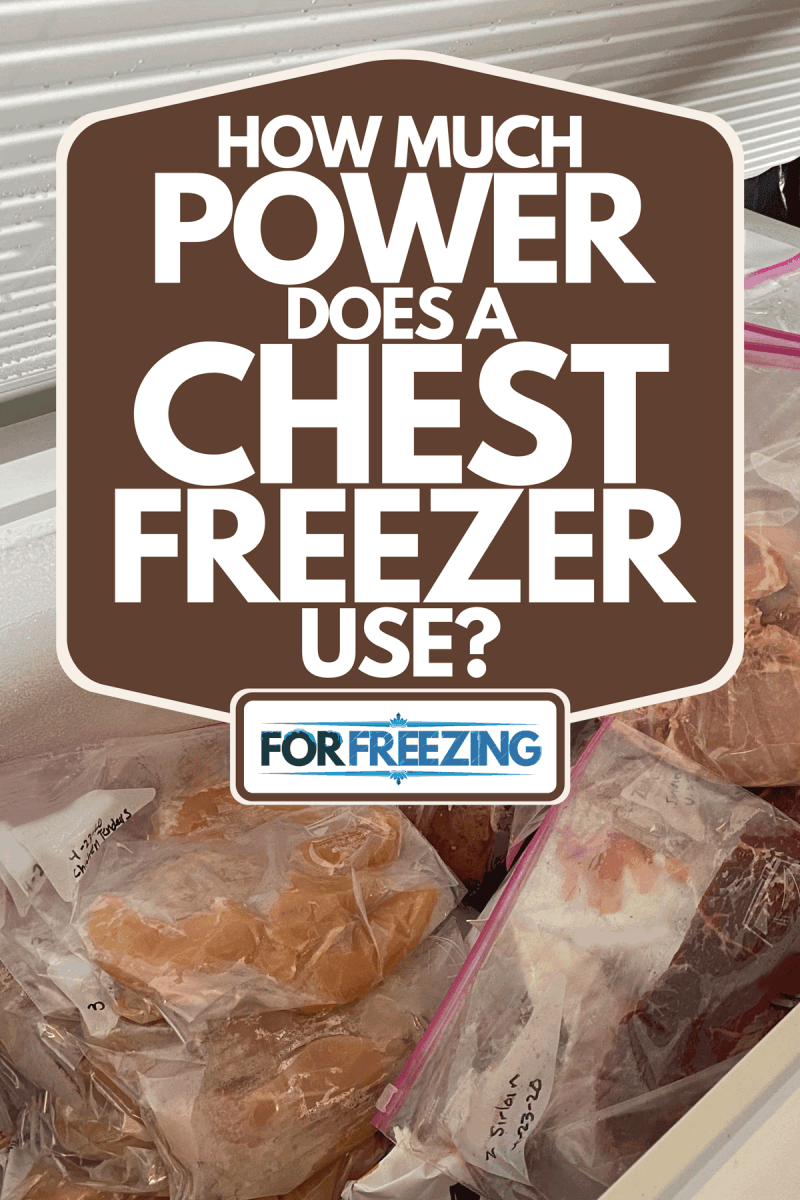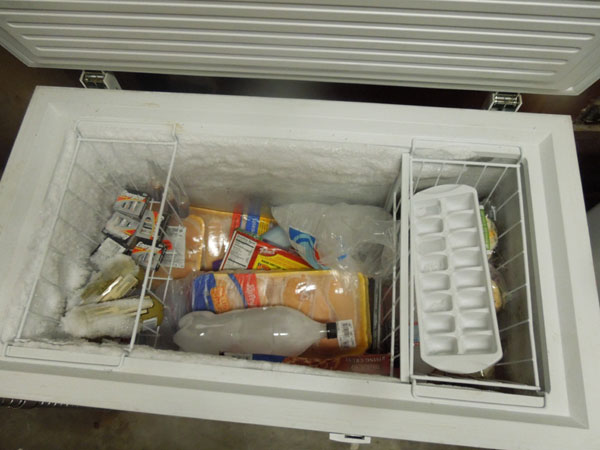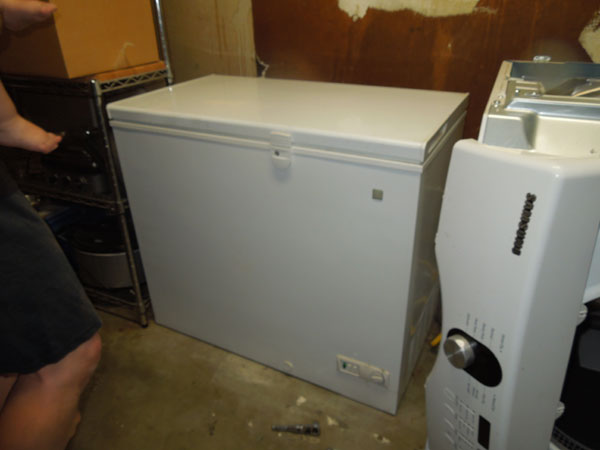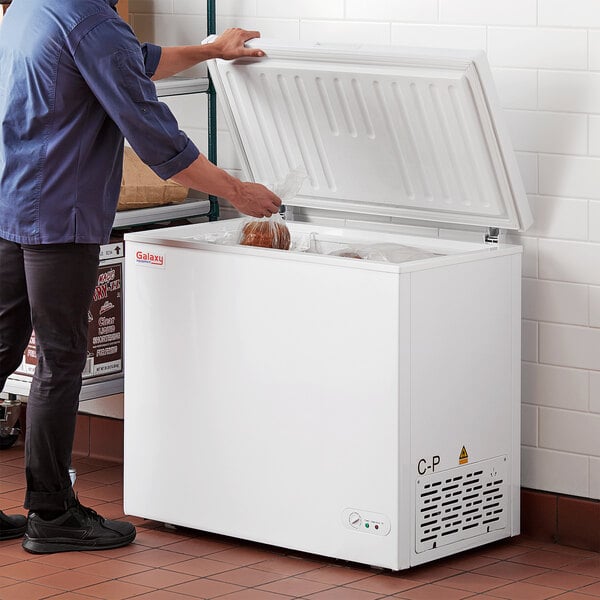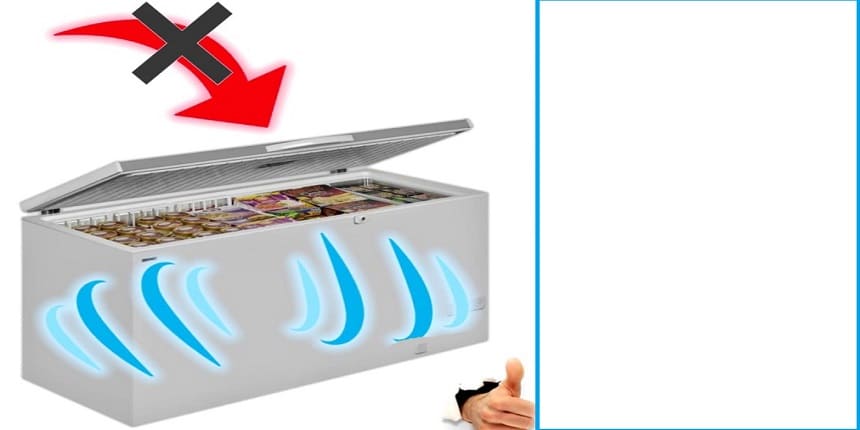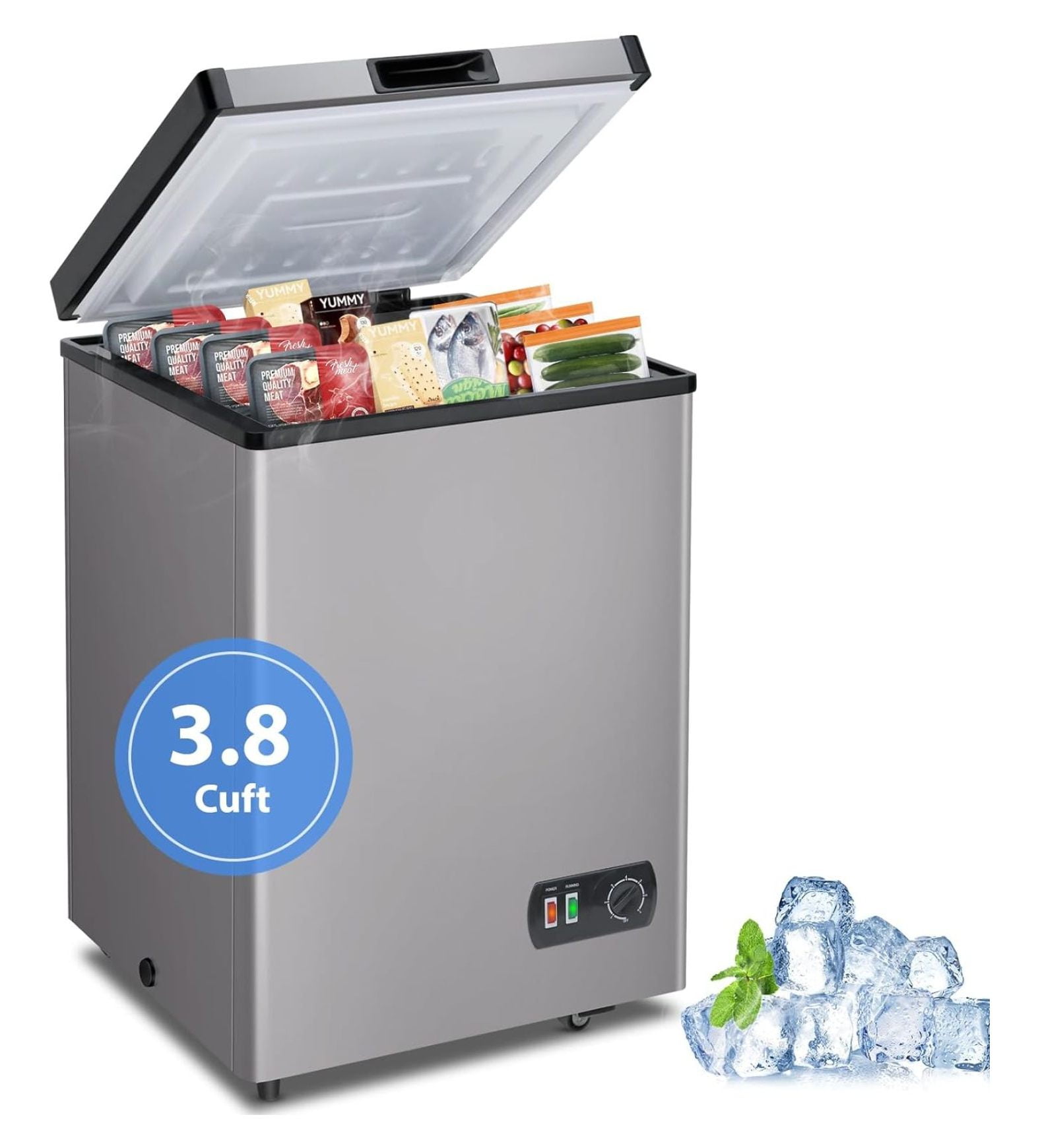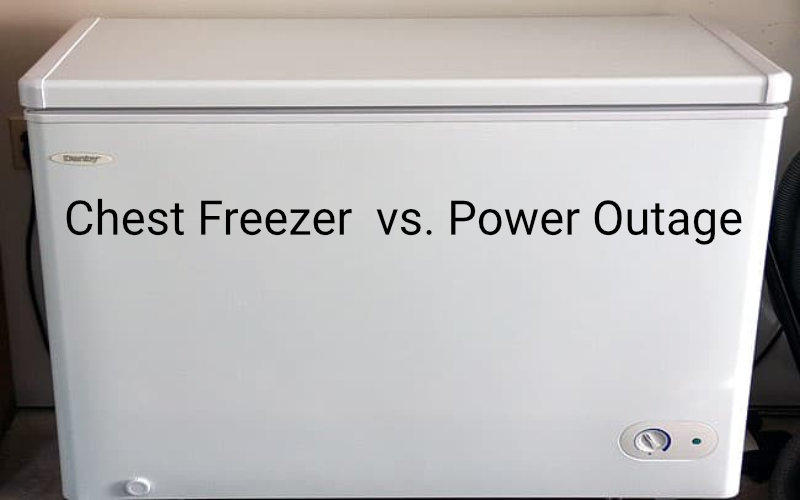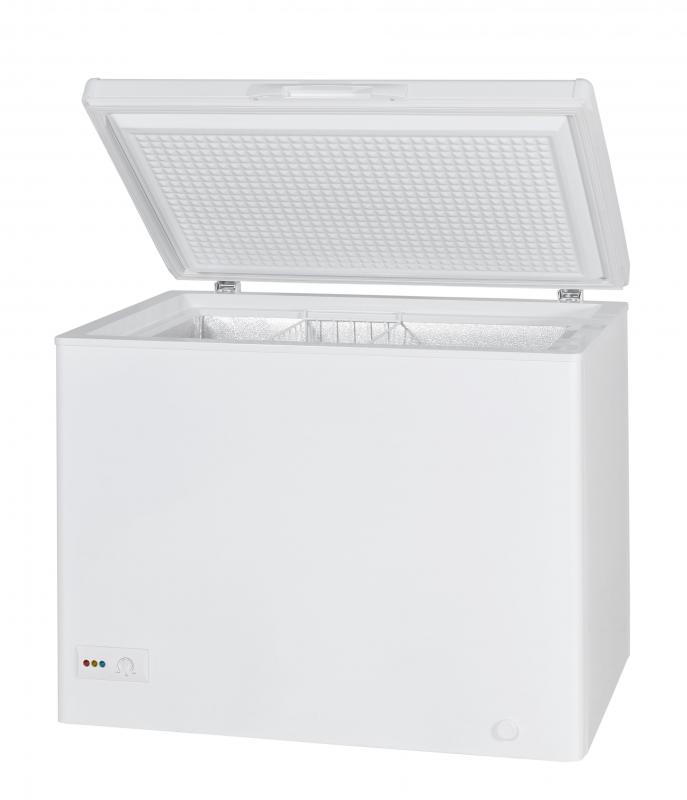How Much Energy Does A Small Chest Freezer Use

Imagine a frosty evening, the scent of homemade chili simmering in the air. You're prepping for a cozy gathering, pulling out ingredients neatly organized in your trusty chest freezer. It's a lifesaver for bulk buys and preserving garden bounty, but a nagging question lingers: just how much is this convenience costing you in energy?
This article dives into the energy consumption of small chest freezers, providing practical insights into understanding their impact on your electricity bill and offering tips for maximizing efficiency. We'll explore the factors that influence energy use and provide data-backed estimations to help you make informed decisions.
Understanding Chest Freezer Energy Use
Chest freezers, known for their energy efficiency compared to upright models, are a popular choice for supplemental food storage. Their design minimizes cold air loss when opened, contributing to lower energy consumption. The key to understanding their energy draw lies in several factors.
Size is the most obvious. Smaller chest freezers, typically ranging from 5 to 9 cubic feet, generally consume less energy than larger models. Age matters too; older freezers are often less efficient than newer, Energy Star-certified ones. Usage habits, such as how often you open the freezer and how well it's packed, also play a significant role.
Estimating Energy Consumption
According to the Energy Star program, certified chest freezers must meet specific energy efficiency standards. A small, Energy Star-certified chest freezer (5-9 cubic feet) typically uses between 200 and 300 kilowatt-hours (kWh) per year.
That translates to roughly 17 to 25 kWh per month. To calculate the approximate cost, multiply the monthly kWh usage by your local electricity rate. The U.S. Energy Information Administration (EIA) reports that the average U.S. residential electricity rate is around 16 cents per kWh, but this varies by state.
For example, if your freezer uses 20 kWh per month and your electricity rate is 16 cents per kWh, the monthly cost would be around $3.20. It's a relatively small amount, highlighting the energy-efficient nature of modern chest freezers.
Factors Influencing Energy Consumption
Several factors can influence the actual energy consumption of your chest freezer. Ambient temperature is a major one. A freezer in a hot garage will work harder and consume more energy than one in a cool basement. Proper sealing is essential; a damaged or dirty seal allows cold air to escape, forcing the compressor to run more frequently.
Frost buildup can also decrease efficiency. Regularly defrosting your freezer helps maintain optimal performance. How full the freezer is also plays a role. A full freezer actually operates more efficiently because the frozen food helps maintain a consistent temperature. Don't overcrowd it, though, as this can restrict airflow.
Tips for Maximizing Efficiency
Here are a few practical tips to minimize your chest freezer's energy consumption. First, consider replacing older, less efficient models with new Energy Star-certified ones. Ensure the freezer is located in a cool, dry area, away from direct sunlight and heat sources.
Regularly check and clean the door seal to ensure a tight fit. Defrost the freezer when frost buildup exceeds ¼ inch. Finally, organize the contents of your freezer to minimize the time the door is open when searching for items.
Conclusion
A small chest freezer can be a valuable asset for any household, providing ample storage space and helping to reduce food waste. By understanding its energy consumption and implementing simple efficiency measures, you can enjoy the benefits without significantly impacting your electricity bill or the environment. Small changes, like ensuring a good seal and defrosting regularly, add up to significant savings over time. Enjoy the peace of mind that comes with knowing you're using your freezer wisely.
![How Much Energy Does A Small Chest Freezer Use Solar Generator For Freezer [What You Need To Know]](https://ecocostsavings.com/wp-content/uploads/2022/02/freezer-wattage.jpg)
